UnArchived
Chair of the 20th century
At the beginning of the 1980s, the Prague Museum of Art and Industry held the exhibition “Chair of the 20th Century”, which followed the exhibition “90 and One Chair” from 1972. The author/curator of the exhibition was Milena Lamarová. It was meant to be a reflection on the paradigm shift in the social function of furniture during the twentieth century. The emphasis shifted to the utilitarian properties of furniture, industrial production democratised furniture – offered it to everyone, and the aesthetic ideal changed. At the same time, the creators of chair designs gradually received more recognition. Seating, as the most immediate piece of furniture for humans, came to be seen as an important part of furniture design. New production technologies and new materials multiplied the possibilities of how to address it.
The exhibition shows the dynamic evolution that chairs have undergone in the twentieth century, from the origins of the modern view of the industrial product at the beginning of the century, through functionalism, to the then contemporary post-functionalist “anti-design” manifestations. The twentieth-century chair begins with the mid-nineteenth-century thonettes, which already foreshadow ‘the unity of purpose, material, manufacturing technology, artistic expression and social mission of the industrial product’. Thonet’s discovery of beechwood bending is represented in the exhibition by his later followers from the beginning of the century (Otto Wagner, 1902 or Josef Hoffman, 1925). Both Art Nouveau and cubist, functionalist chairs appear here, represented mainly by bent steel tubes. The origins of bent tubular chairs date back to Marcel Breuer and his ‘Wassily’ chair from 1925. And continues with other authors such as Le Corbusier, Ludwig Mies van der Rohe, Walter Gropius.
In the 1930s, the technology of moulded veneer slats was introduced, laminating the wood often combined with bending plywood. This technology developed most in the Scandinavian countries and was represented at the exhibition by Alvar Aalto and Arne Jacobsen. In the late 1940s, plastic materials began to be used, which offered further possibilities for bending and, gradually, three-dimensional shaping. One of the most consistent uses of plastic materials of that period is the ‘S’ chair, designed by Verner Panton. The exhibition also showcased contemporary seating furniture production at the time. Gaetano Pesce’s polyurethane armchair, for example, appeared here.
In addition to the retrospective and world design, the exhibition also featured Czechoslovak production – both past and contemporary. Among the oldest authors were, for example, Jan Kotěra, Pavel Janák, Josef Chochol, Josef Gočár, Otto Rothmayer,…The generation of contemporary designers was represented by Antonín Šuman, Miroslav Navrátil, Jaroslav Kadlec, Ladislav Ubr, Ladislav Vrátnik, Júlia Kunovská, Ondrej Čverha and Viliam Chlebo.
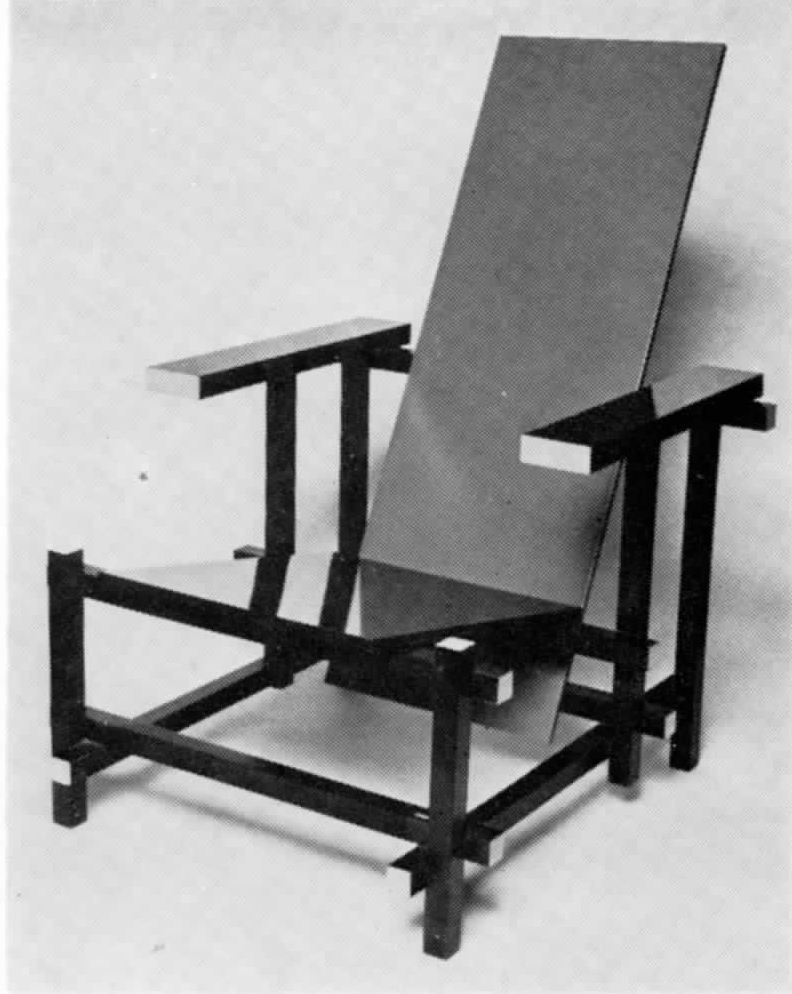
Gerrit Rietveld, armchair “red and blue”, 1918, coloured varnished wood and plywood, manufacturer: Cassina, Milan.
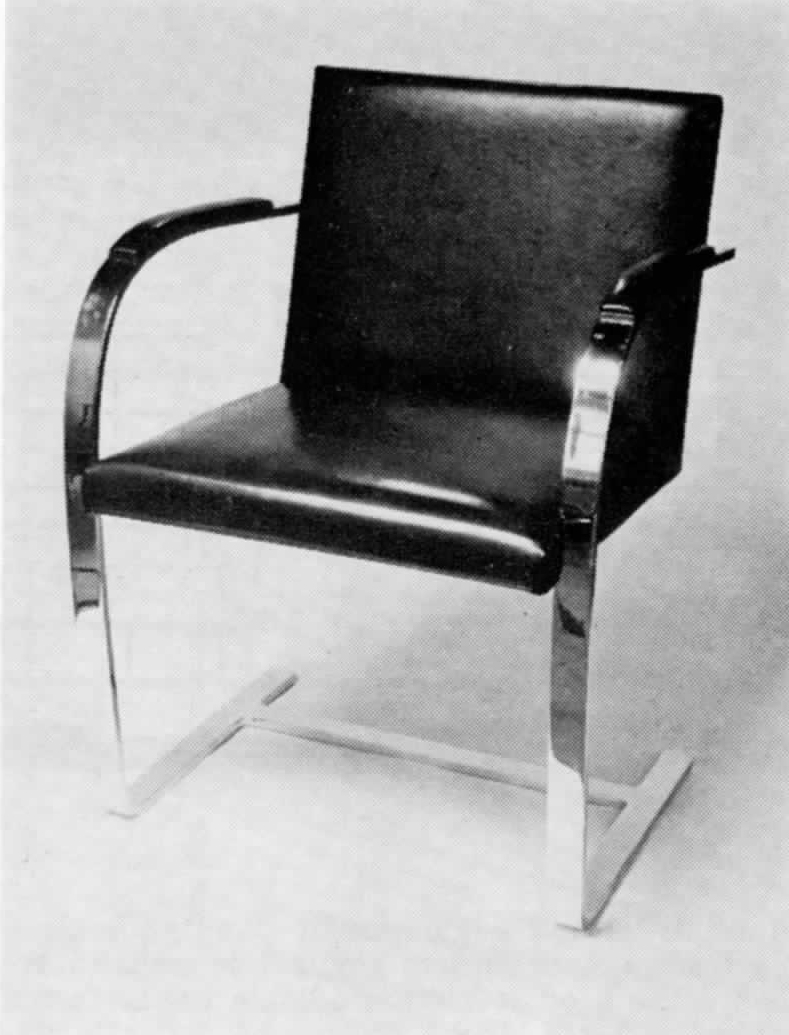
Ludwig Mies van der Rohe, armchair “Brno”, 1929-1930, chromed tubular steel, black leather upholstery, armchair designed for Villa Tugendhat in Brno, manufacturer: Knoll International.
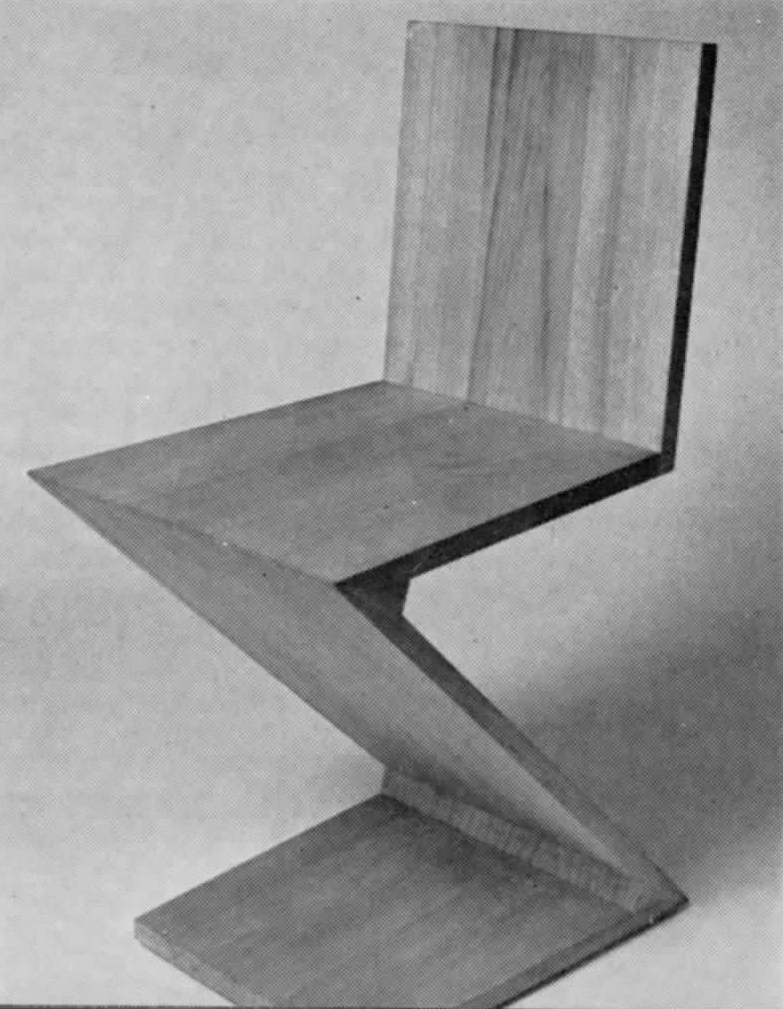
Gerrit Rietveld, “Zig-zag” chair, 1934, natural birch, manufacturer: Cassina, Milan.
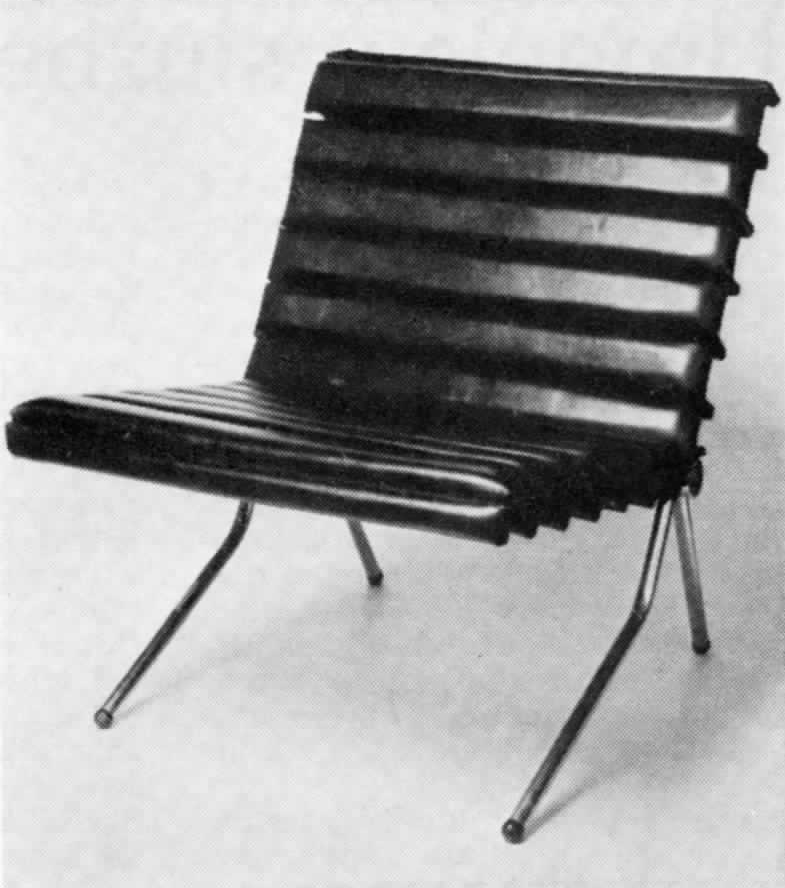
Ladislav Ubr, armchair with upholstery, 1973, chrome steel, black leather, manufacturer: Kovovýroba Litoměřice.
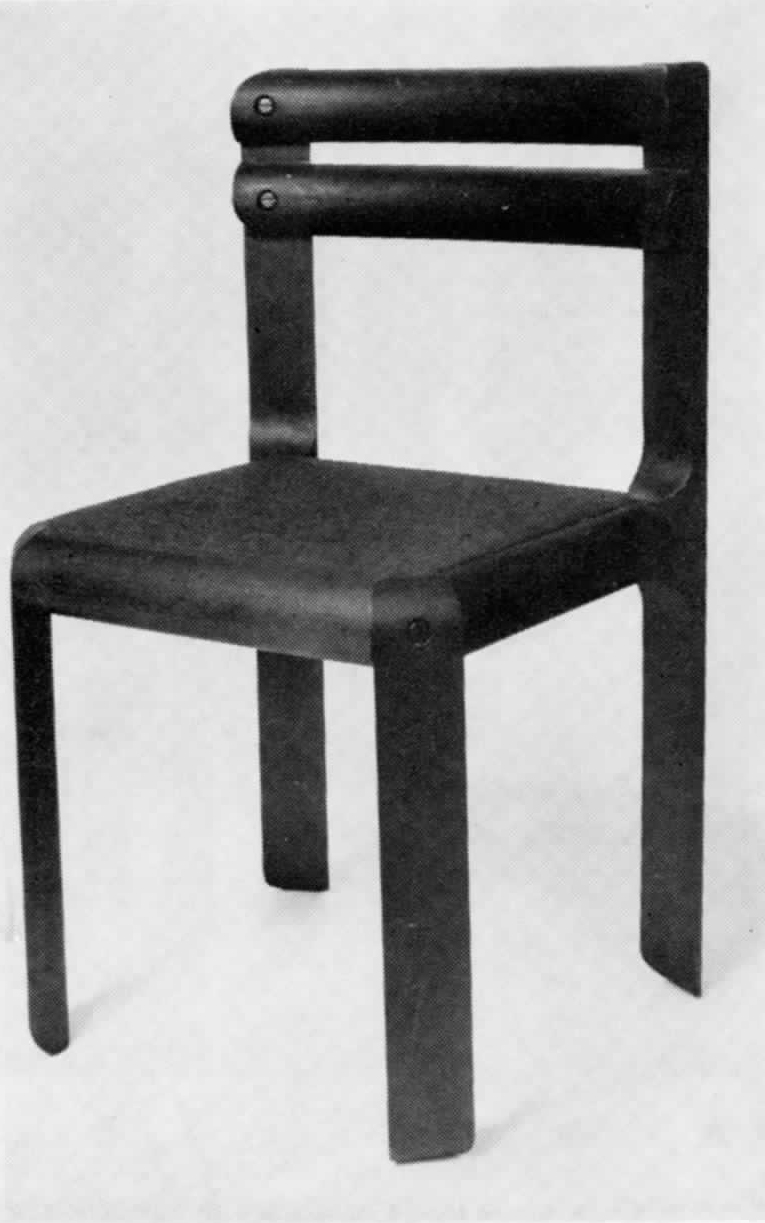
Ladislav Vrátnik, chair based on the principle of table construction, 1978, stained beech, brown wool cover.
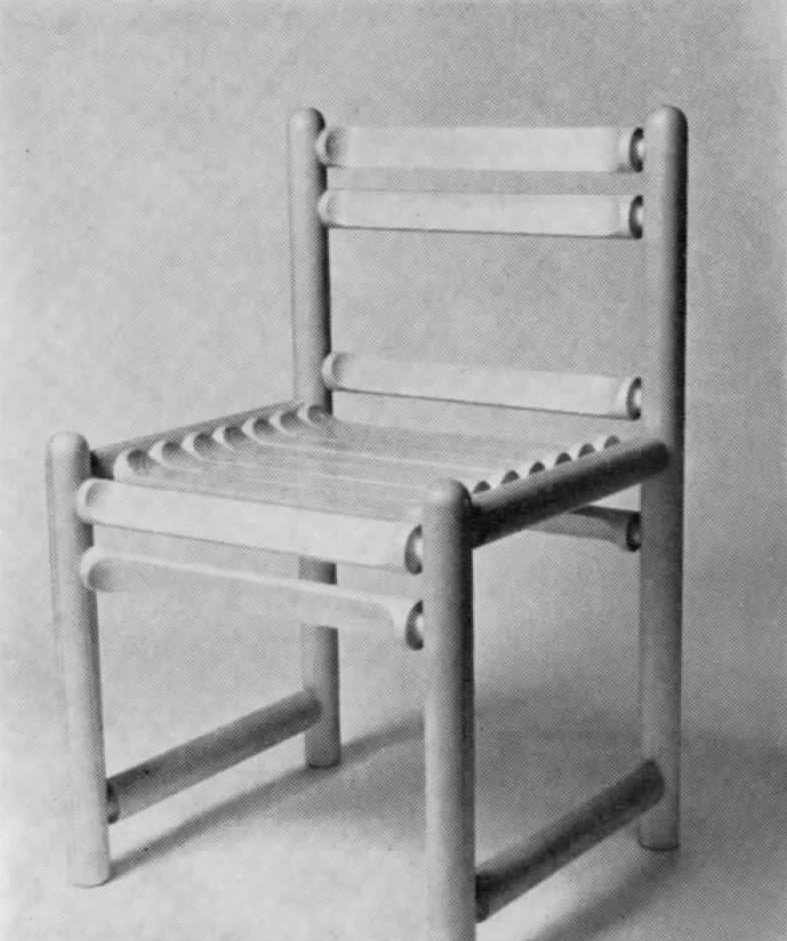
Jaroslav Kadlec, chair using one element, 1979, natural beech.
A review of the exhibition Chair of the 20th Century was published in the magazine Projekt 6/1983, pp. 36-37.